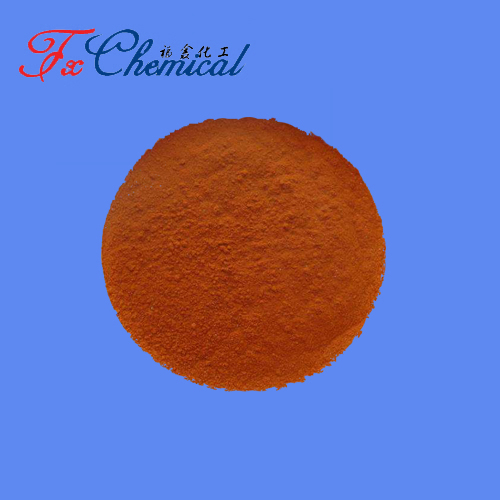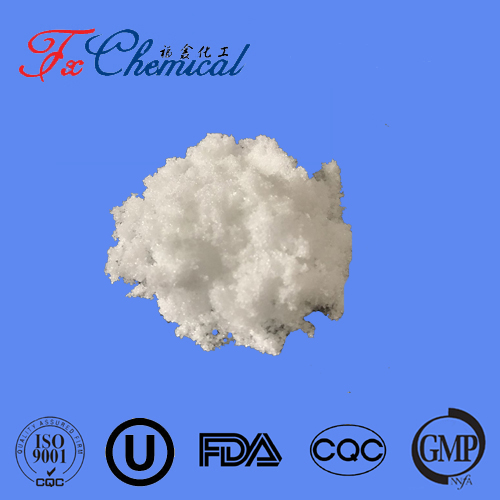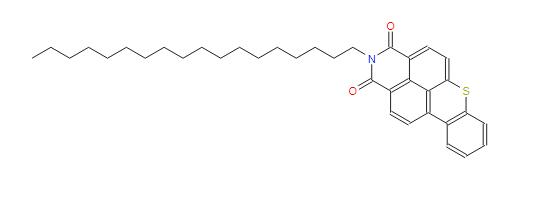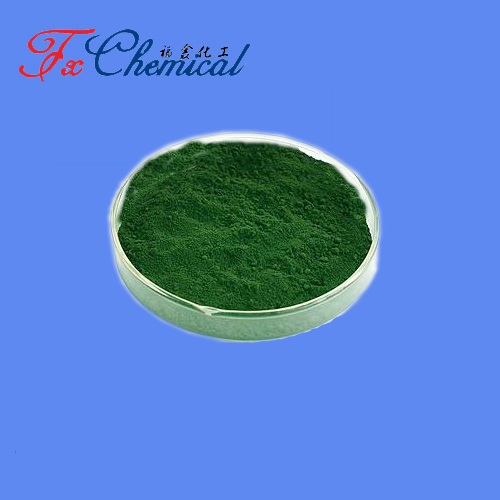
Search

Search



Congo Red is a synthetic dye that is commonly used in various applications, including in biology, chemistry, and as an indicator in laboratory tests. Here are some key details about Congo Red:
Chemical Structure: Congo Red is an azo dye, meaning it contains a chemical structure with a nitrogen-nitrogen double bond (azo group) linking aromatic rings. Its chemical formula is C32H22N6Na2O6S2.
Appearance: It appears as a dark red powder, and it produces a red solution when dissolved in water.
Congo Red has several important applications, especially in biological and chemical research. Here are the main areas where it is commonly used:
Amyloid Detection: One of the most well-known applications of Congo Red is in detecting amyloid deposits in tissues, which are associated with diseases like Alzheimer's, Parkinson's, and Amyloidosis. When Congo Red binds to amyloid fibrils, the complex exhibits apple-green birefringence under polarized light, making it a key tool for diagnosing these conditions.
Tissue Staining: Congo Red can be used to stain tissues in microscopy, helping researchers visualize specific components or structures. It can also be used in combination with other stains to highlight particular features.
pH Measurement: Congo Red can act as an acid-base indicator. It changes color based on the pH of the solution:
Red in acidic conditions (pH below 3.4)
Blue in alkaline conditions (pH above 5.2) This property makes it useful in titrations and other laboratory experiments where pH changes need to be monitored.
Protein Fibril Formation: Congo Red is frequently used in research to study the aggregation of proteins, particularly the formation of amyloid fibrils. It binds to the beta-sheet structure of these fibrils and can be detected under fluorescence or under polarized light, making it valuable in studying neurodegenerative diseases and other conditions involving protein misfolding.
Detection of Amyloidosis: Congo Red staining is a critical diagnostic method for detecting amyloid deposits in biopsy samples. The ability to visually identify amyloid fibrils helps in the diagnosis of amyloidosis, a condition where abnormal protein deposits accumulate in organs and tissues.
Surgical Pathology: It is also used by pathologists to stain tissue sections during the examination of biopsies to detect amyloid deposits in organs such as the kidneys, heart, and liver.
Bacterial Staining: Congo Red is used in certain bacterial staining techniques, such as in the Gram stain method, though it's not as common as other stains like crystal violet or safranin. It can also be used in studies of bacterial colonies that produce extracellular matrix material or biofilms.
Dyeing: Originally, Congo Red was widely used in the textile industry as a dye, particularly for cotton and wool. However, its use in textiles has diminished over time due to concerns over toxicity and environmental impact.
Toxicity Testing: Congo Red is sometimes used in toxicology studies to investigate the effects of chemical pollutants on aquatic life. The dye is also useful in environmental studies to track the spread of certain pollutants or contaminants.
Fluorescent Imaging: When bound to amyloid fibrils, Congo Red shows fluorescence under certain conditions, which makes it useful in microscopy-based imaging techniques to track protein aggregation and other molecular processes.
Congo Red has been explored in cancer research to understand how amyloid-like proteins might be involved in the development or spread of cancer. Studies have suggested that amyloid may play a role in the cancerous transformation of cells.
Medical diagnostics (especially amyloidosis)
Protein aggregation studies (e.g., Alzheimer's, Parkinson's)
Histological tissue staining (for detecting amyloid fibrils)
pH indicator (for acid-base titrations)
Microbial studies
Textile dyeing (historically)
While Congo Red's use in textiles has waned due to environmental concerns, it remains invaluable in scientific research, particularly in medical and biological applications.

Fortunachem Provides Not Only Professional Chemical Products But Also Professional Help
Keeping you up-to-date with all the latest information, news, and events about Fortunachem!

Quick Links
Add:
E-mail:
 English
English  Español
Español  français
français  العربية
العربية 


-γ-cyclodextrin主图.jpg)



